Astrangia Coral Tank year recap
This year, after applying over the summer, I was chosen to build an Astrangia coral tank with the help of a teacher.
It took so many sketches and trials before I got the plumbing correct, and it took a little bit to also make sure the water quality was correct for the Astrangia coral to enter the tank. This included starting up a nitrogen cycle with seaweed, periwinkles, and even some mussels. Almost every day during my lunch block, I headed up to the Alfond Center and tested water quality, ensuring ammonia wasn’t too dangerous. High ammonia can be dangerous for coral and any living aquatic species. I also had to work on getting a schedule down for how often I would do partial water changes to prevent unwanted nutrient buildup.
In late March, when the corals could go into the water, I set up a drip to acclimate them to the tank water compared to what they were shipped in. The coral was shipped from Woods Hole in Cape Cod, MA. The drip is crucial as it slowly drips water from the tank into a bucket with some of the water they were shipped in, ensuring they do not get shocked.
The months following included my teacher helping me understand, including some of my own research on how to properly take care of them and the correct food. Throughout the year, along with building the tank, I had to complete a lot of research on how to properly take care of the corals, as they are resilient but still fragile creatures. Until the end of the year, I kept testing water quality, performing water changes, cleaning the tank, and feeding the corals, ensuring they stayed healthy. I learned so much about what it takes to keep such an important creature alive.

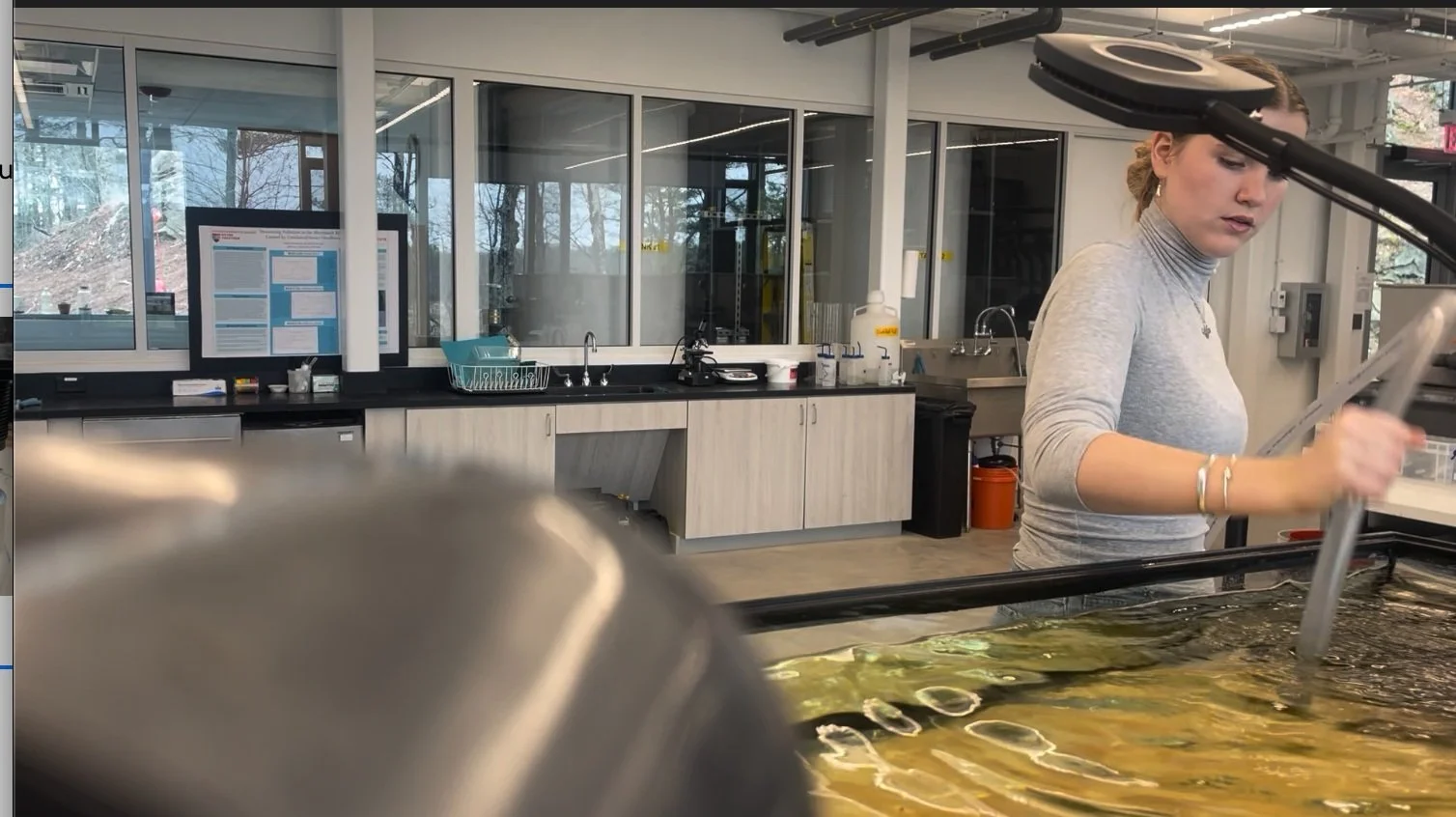
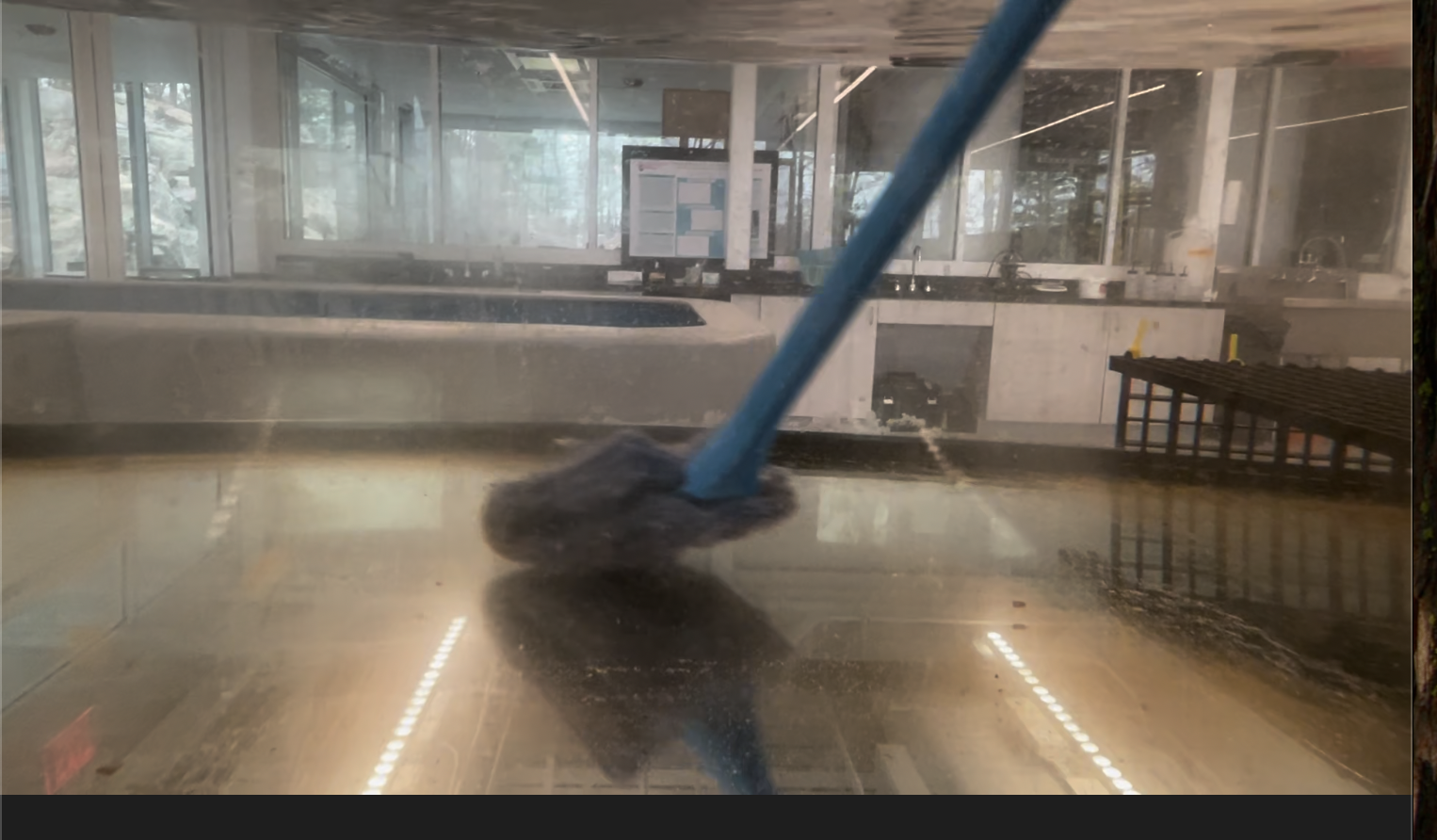
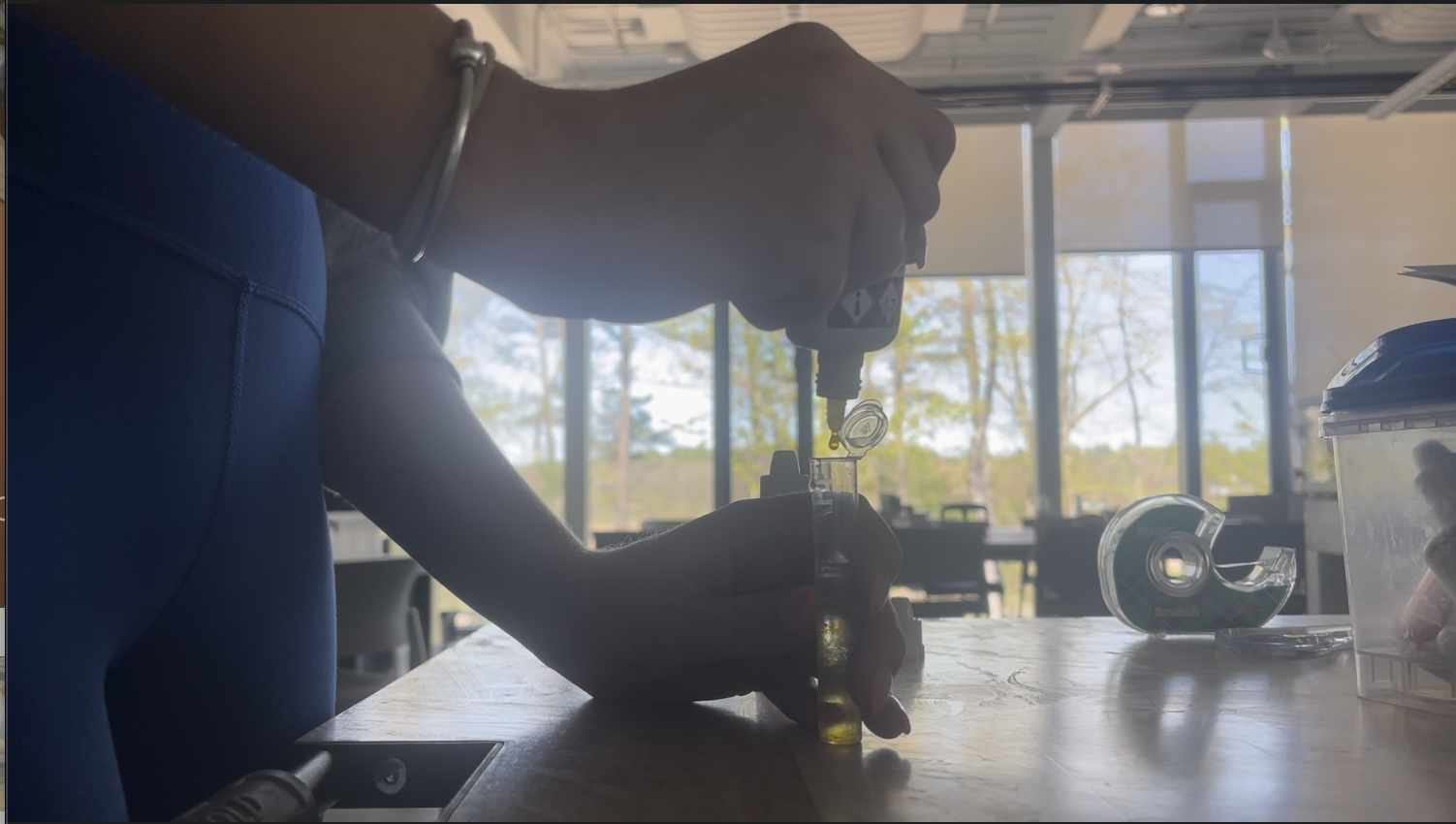
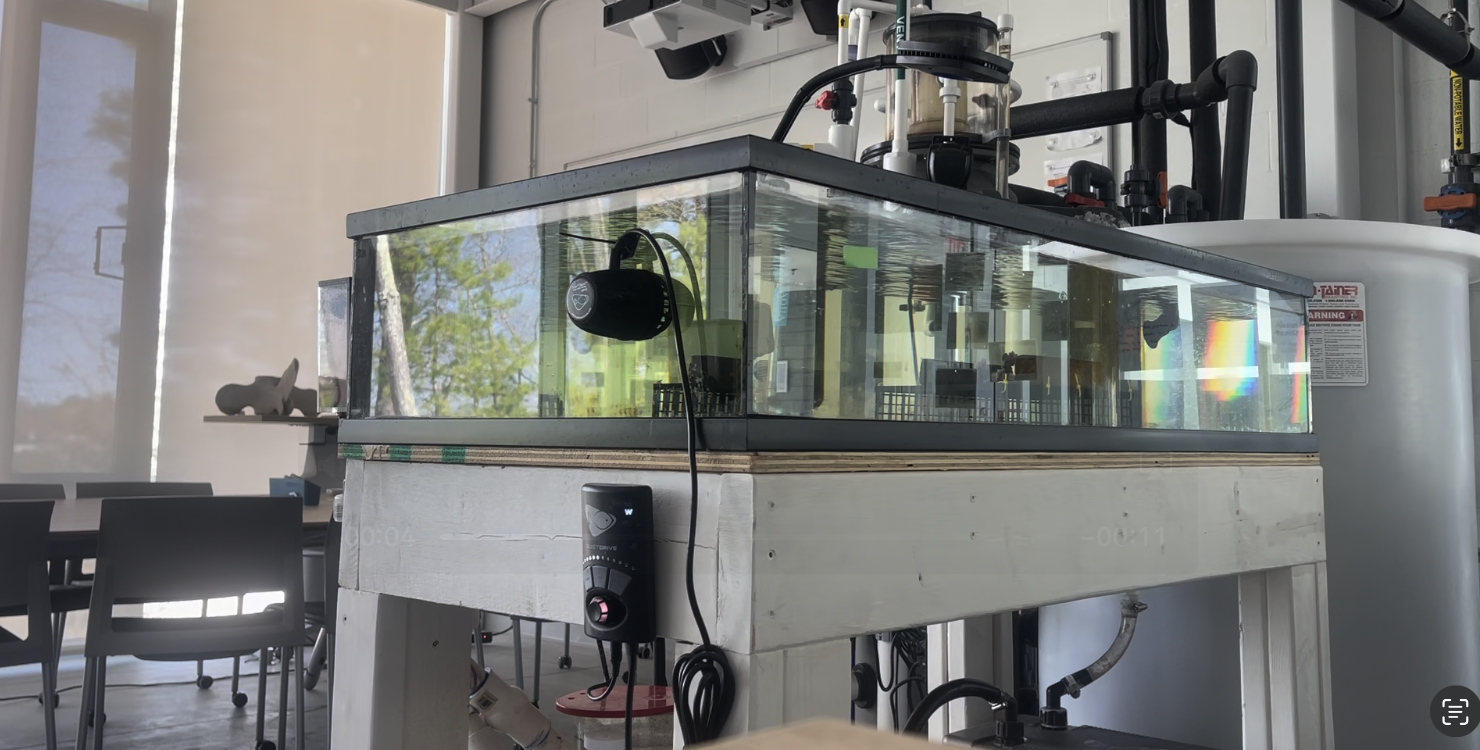
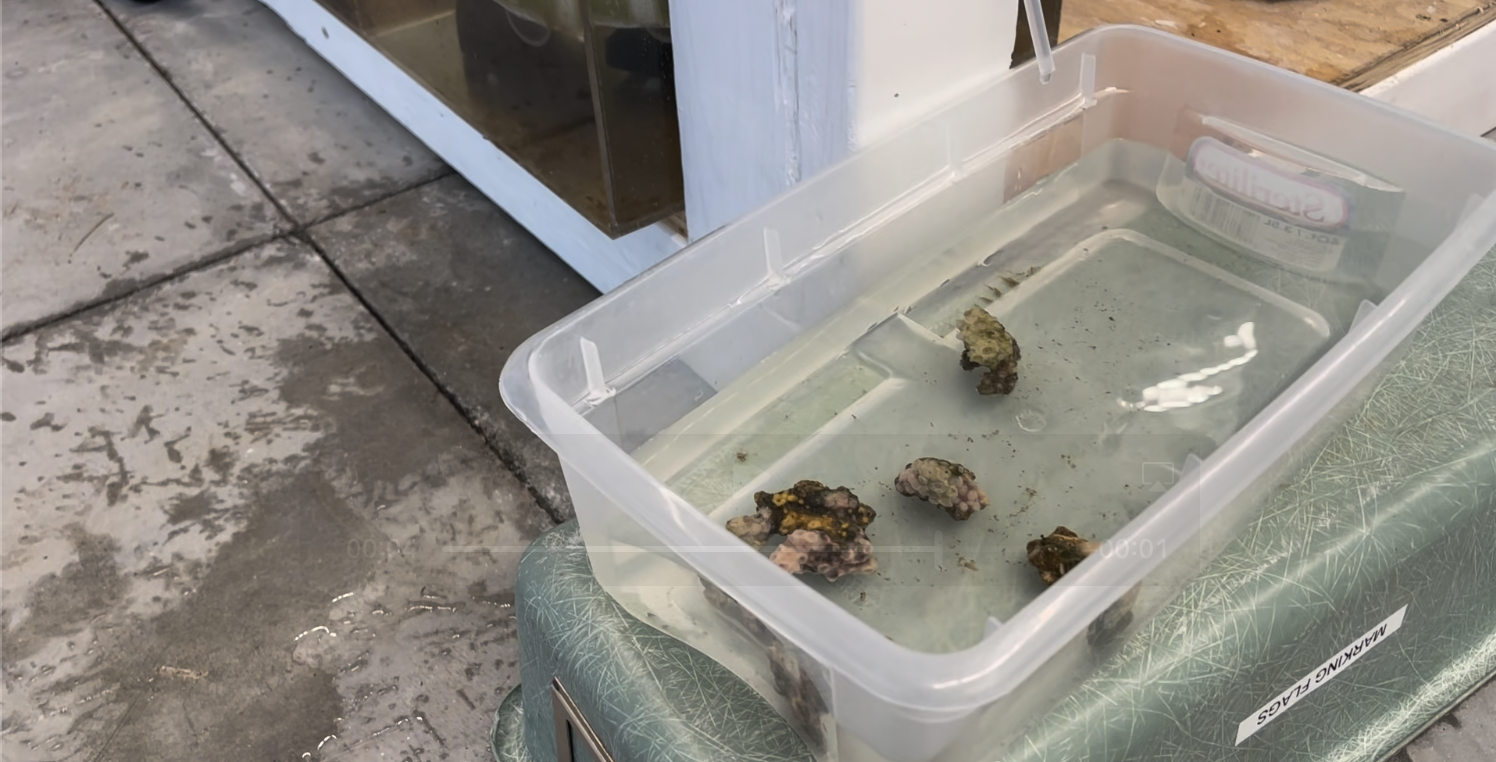
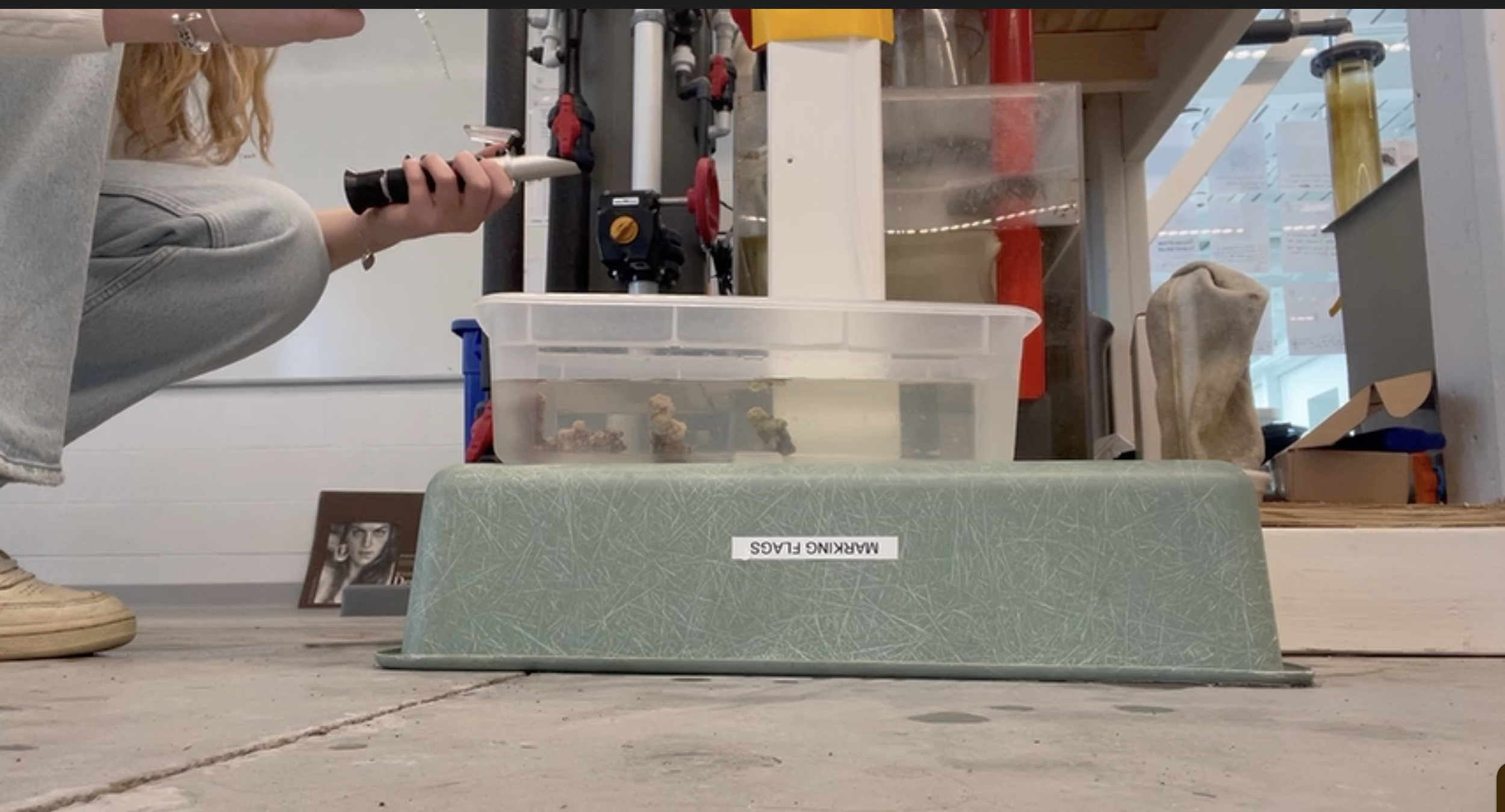
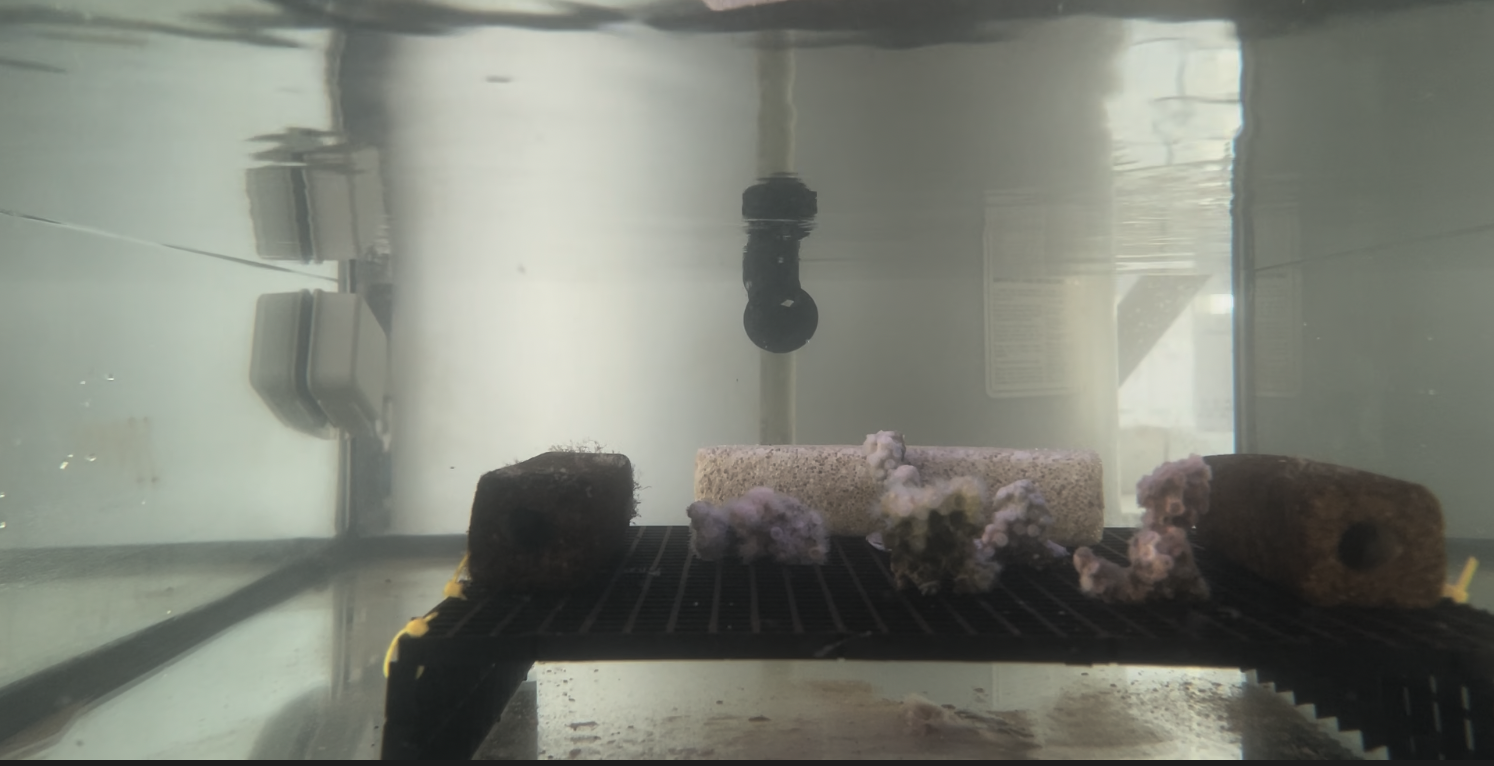
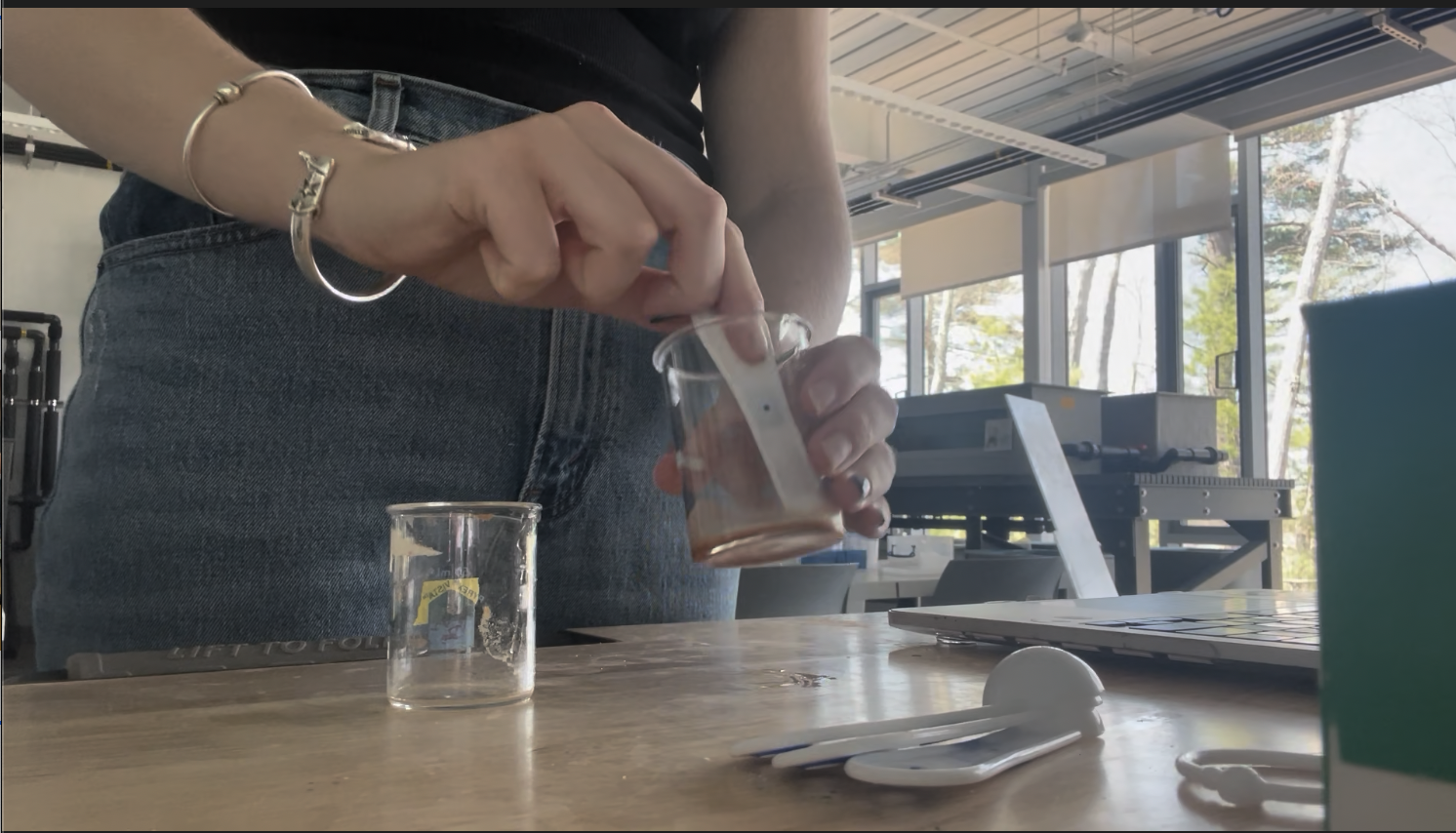
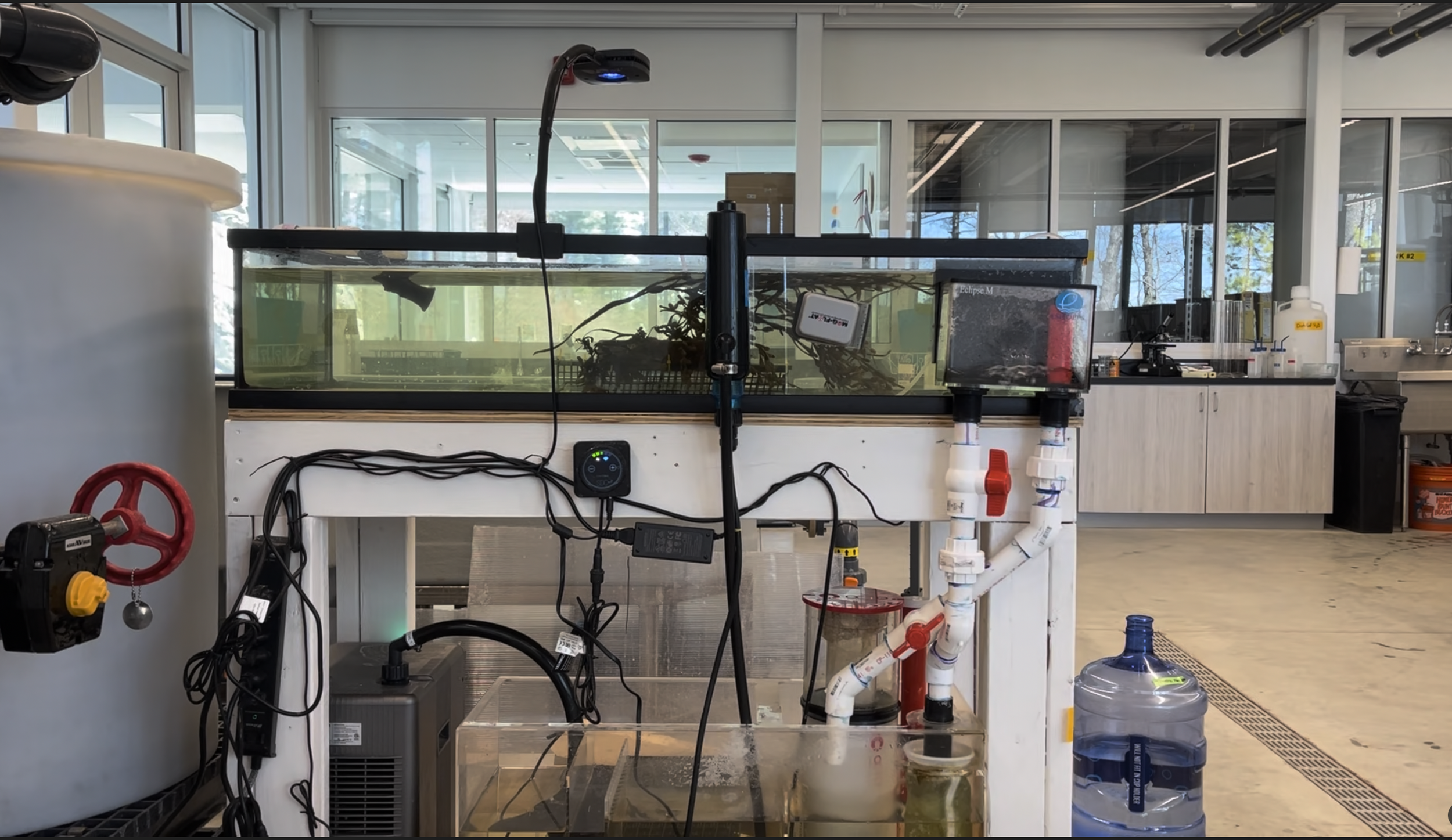
This fall, we plan to bring the Astrangia Coral back from the Seacoast Science Center, where they are being taken care of for the summer, and outline some research I am going to perform regarding how they react to changes in temperature.
